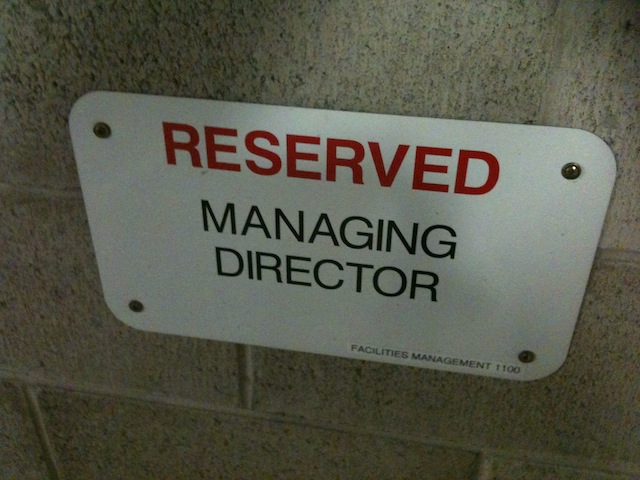Earlier this month, Sydney video streaming company Viocorp changed leadership with founder Ian Gardiner stepping down as CEO.
For Gardiner, the decision was tough and in a blog post he described how the company was founded and grew and why it was time to step away. That decision though was not without some pain.
I have nurtured and loved this little startup as it has grown up like one of my children.
And like my children it can occasionally be frustrating, difficult and highly erratic and unpredictable. But most of the time it is fantastic and hugely rewarding. And I love it with a passion that is hard to describe.”
However children one day grow up and leave home. Viocorp is not a start-up any more. It is a serious business with massive potential. And I feel that my skills as a product innovator and fire-starter are not the ones that Viocorp needs for this next stage of our journey.
I spoke to Ian Gardiner in a noisy Sydney Cafe in February for the Decoding The New Economy YouTube channel shortly after he’d made the decision to step down as CEO where he elaborated on the reasons for the change.
“I ended up getting further and further away from the stuff I’m actually good at,” he said. “You end up as the founder and entrepreneur in a place that is not good for anyone.”
“As a result of that the business doesn’t go in the direction you want.”
The right manager for the job
Gardiner’s decision illustrates an important truth about business; different management skills are needed at different stages of development.
A good example of this was with the corporate slashers of the 1980s – CEOs like GE’s Jack Welsh and ‘Chainsaw Jack’ Dunlap here in Australia were the right men to shake moribund organisations. A decade later both were out of favour as the needs of the business world and their companies had moved on.
Similarly the skills that are needed to found and grow a startup are very different to those required to steer a more mature business. This is why Facebook’s experiment with retaining founder Mark Zuckerberg as CEO of a hundred billion dollar company is so fascinating.
With Viocorp, Ian Gardiner and his investors have made a very mature decision about where they see the future of the business, as the now retired CEO told me earlier this week: “The punchline is that I’m happy about it, and very excited about the future of Viocorp.




